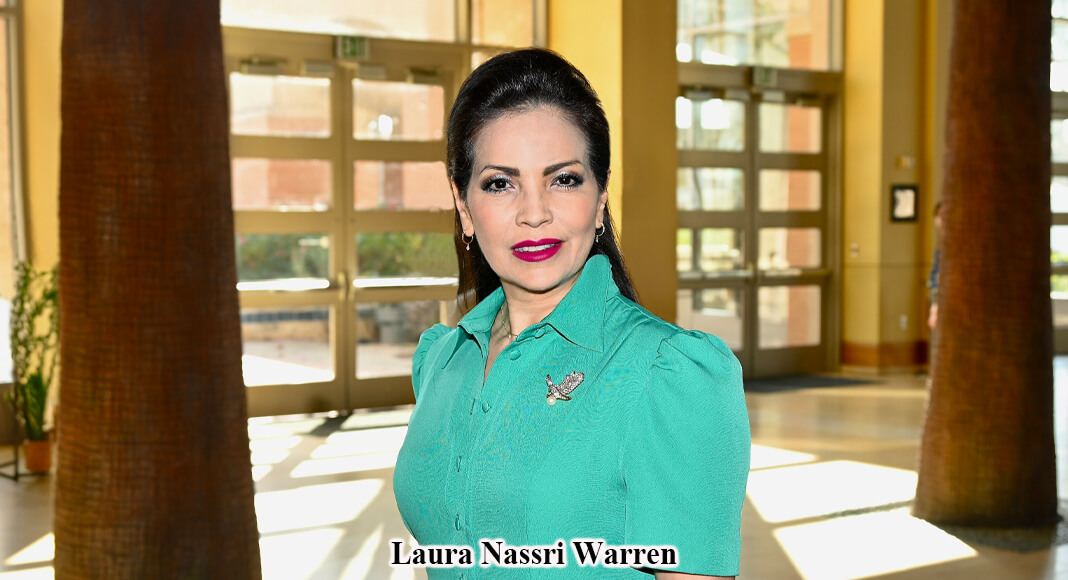Texas Border Business
By Roberto Hugo González
Texas Border Business recently interviewed Laura Nassri Warren, AAI, principal of The Warren Group, who is marking two decades of her entrepreneurial leadership in architecture. Her success is attributed to her dedication, exceptional talent, and relentless pursuit of excellence.
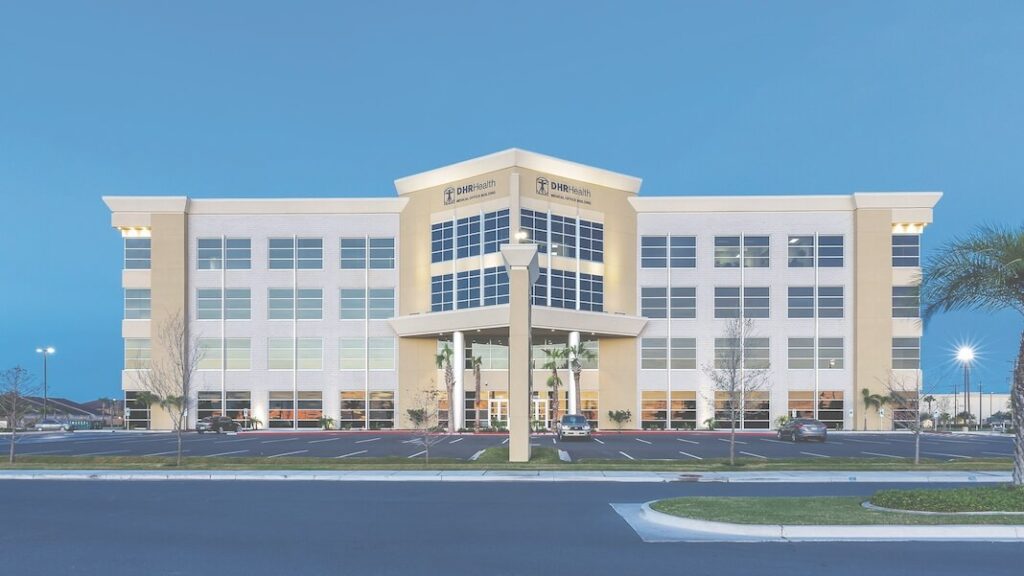
Like many fields, architecture has evolved significantly. Technological advances and shifting client needs have pushed architects to adapt and innovate continuously.
In our discussion, Laura revealed her expertise in nuclear technology applications, a rare skill among Texas architects, prompting questions about its relevance to architecture. She explained, “Nuclear technology’s applications in the medical and space sectors demand a deep understanding. For medical diagnostics, where precision is critical, our firm designs spaces for advanced equipment like linear accelerators, nucletron and dual size, multi-slice simulators. These tools are essential for oncologists to determine cancer’s characteristics and are integral in treatment.”

She emphasized the collaboration aspects of their work, particularly with physicists and equipment manufacturers, to ensure the designs accommodate the power needs, mechanical conditions, and cooling systems necessary due to the heat generated by the equipment. Laura noted, “The weight and complexity of this equipment require careful planning from delivery to installation, ensuring it serves the community effectively.”
Laura described the process as challenging and rewarding, drawing on varied past project experiences to innovate and adapt solutions to meet specific needs, such as those of SpaceX, known for its pioneering projects. “We begin by listening and understanding the unique requirements before applying our expertise to deliver effective solutions,” Laura concluded.

When asked about her inspiration to become an architect, Laura reflected on her childhood experiences traveling across Mexico with her father, who owned several bus lines. Observing the distinct architectural styles of different cities and states sparked her fascination. “Each place had its character, its buildings telling stories of the past and envisioning the future. I saw buildings being restored and new ones rising, and I knew I wanted to be part of creating something enduring,” she said.
Laura recalled her father’s advice to immerse herself fully in her surroundings— to listen to the sounds of a place, to appreciate its smells after the rain, and to understand its texture. These experiences, she explained, are what ultimately become ingrained in one’s soul. “Architecture interprets culture, myths, and history—it’s about more than just structures; it’s about creating environments that resonate with people deeply,” she explained.
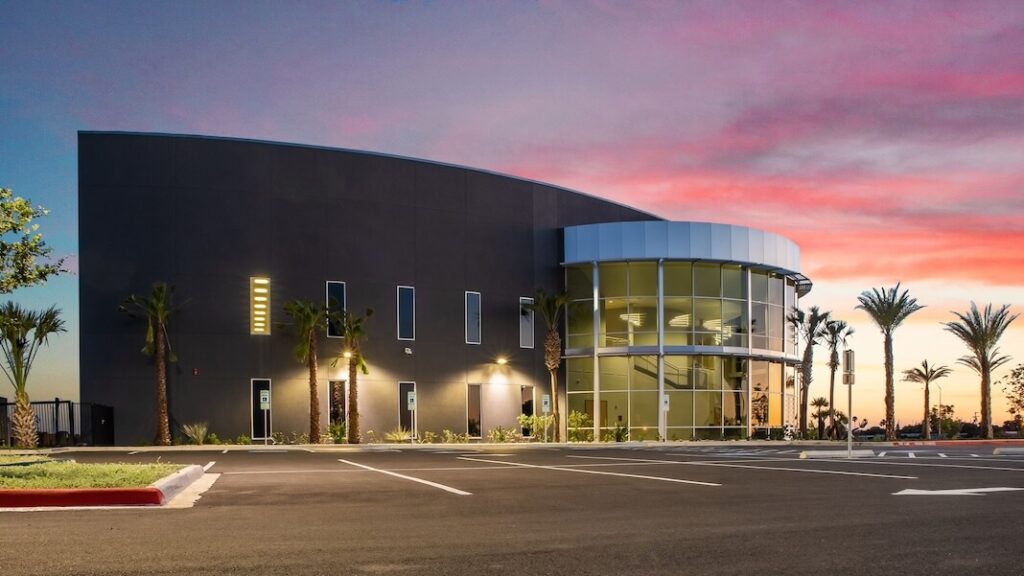
She was captivated by how different buildings, whether a church, a museum, or a park, could each tell a unique story through their ambiance and design. Despite being discouraged from pursuing architecture as a career and being pushed towards decoration, Laura was determined to design and build. “I wanted to contribute to the landscape of architecture, to shape how people feel and connect with their environment,” she emphasized. Today, she celebrates the realization of that dream, creating spaces that embody the cultures and stories of the places they inhabit.
Laura discussed her journey and the challenges she overcame to become a professional. Laura began working in construction at 16, facing significant gender stereotypes. “I cried when they said this field wasn’t for women,” Laura shared. Her family also expressed concerns, fearing she would not be taken seriously and might face harassment. Despite these challenges, Laura sought her father’s straightforward advice, who encouraged her to persevere if she couldn’t envision herself in any other role. He advised, “Give yourself 15 minutes of self-pity and then do something about it.”
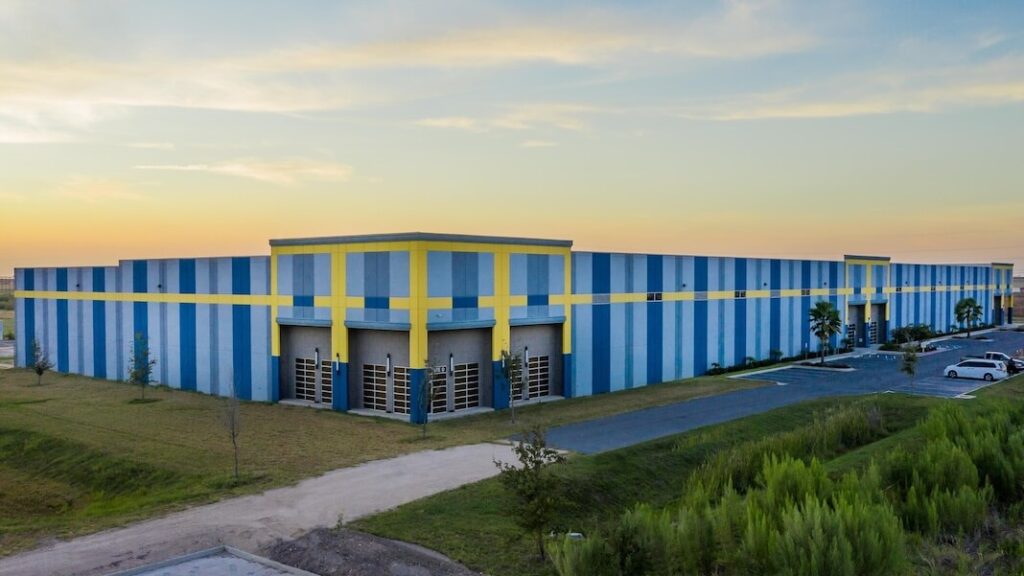
Motivated by her father’s words, Laura approached Ing. Eduardo Samaniego, an engineer known for his significant projects in Cd. Juárez. Samaniego was accessible and became her mentor. She explained her technical and architectural drafting background to him and expressed her eagerness to work hard. Initially, he offered her a part-time job helping his wife Barbara in the firm’s accounting, perhaps underestimating her commitment. However, her opportunity to prove her capabilities came unexpectedly when two draftsmen didn’t show up, and she volunteered to meet the deadline. Samaniego tested her and, recognizing her potential, began teaching her the intricate details of construction— the unseen elements critical to a building’s functionality, like its structural and mechanical systems.
Laura described this experience as essential, teaching her to view buildings as structures and complex entities with guts, lungs, and brains. Grateful for Samaniego’s faith in her, Laura credits this early support for her subsequent opportunities with other firms in Cd. Juárez. “It all starts with someone believing in you,” Laura concluded, reflecting on the mentorship and challenges that shaped her career.

Laura recounted a significant challenge when she first applied to the university. As valedictorian, she was typically exempt from admissions exams at public universities. Still, the University of Ciudad Juarez (UACJ), specifically the faculty director, unexpectedly required her to take a test. The university’s director bluntly questioned her ambition, implying she would be taking a man’s place who needed to support his family. He also mentioned that six other women were trying to do the same.
Despite this, Laura was undeterred. She faced a tough test, which included 50 additional questions. Determined, she not only passed but achieved the highest score. This exceptional performance led to the university admitting more women than planned, as they hadn’t expected the female candidates to endure. Laura and three other women lasted and graduated, proving their resilience and capability. Laura excelled further, becoming student council president by her second year, demonstrating that she could surpass the expectations and limitations initially set by others.

Reflecting on her career, Laura identifies a small but significant project at the Children’s Hospital of Alabama as key. Tasked with designing a chapel no one else in her firm wanted, this pro bono project became very special to her. Laura’s involvement in designing everything from the benches to the lighting led to the project winning an international architectural lighting award for the firm Giattina Fisher Aycock, where she was one of the first full-time female employees.
Starting as an architectural intern and project manager in 1992, Laura faced challenges in a male-dominated environment and cultural barriers as a Hispanic descendant in Birmingham, Alabama. However, her dedication resulted in professional success and fostered lasting relationships and respect within her firm. The chapel project, small in scale but large in impact, taught her the value of putting heart and soul into her work, reaffirming her capabilities and earning her recognition in her field. This experience was a turning point, reinforcing the importance of humility and hard work in her career.

“As I look back on my journey in the architecture industry, I can’t help but marvel at the significant changes that have unfolded. From the early days of my career to the present, global challenges like climate change, wars, and pandemics like COVID-19 have profoundly shaped our profession. These factors have influenced how we work and communicate and transformed the availability and choice of materials, propelling our industry towards more innovative and creative solutions.”
Laura highlighted her experiences working in sectors like healthcare and public building design, where there was an urgent need to adapt spaces quickly to manage the spread of infectious diseases, create isolation rooms, and expand morgues. She praised her team’s ability to adapt and meet these critical demands efficiently.
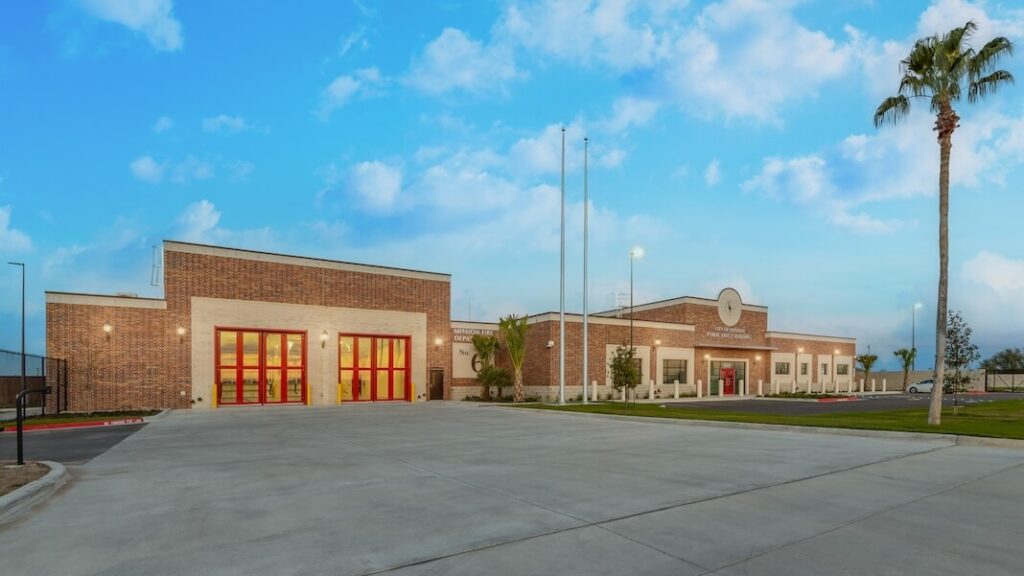
The manufacturing sector also saw shifts, adapting its output as demand in industries like automotive declined, turning to providing necessary components for new market needs. Laura noted the importance of adaptability in surviving these industry changes.
Despite the trend toward remote work, Laura’s team continued working together on-site, taking strong precautionary measures. She took on roles that required her to be at hospitals in protective gear to ensure her team had accurate, timely information for their projects.

Laura also touched on the growing emphasis on sustainable design, or “green thinking,” which involves balancing natural materials that need careful treatment to prevent decay with the need for building longevity and environmental responsibility. She described striving for a balance between eco-friendly design and practical, long-lasting materials as a “tricky balance,” but essential for the future of architecture.
Mentorship has played a crucial role in Laura’s career. She credits mentors, including clients like Mr. Alonzo Cantu, Mr. Phil Dyer, Tom Meurer, and others, who often provided invaluable insights and feedback without realizing their impact. Through their guidance, Laura learned to navigate professional challenges, including jealousy from others, and the importance of letting her work speak for itself. Now, she is committed to giving back by hiring and nurturing young talent, mainly focusing on increasing female representation in the industry. Her team consists of 12 members, and she is actively looking to expand.
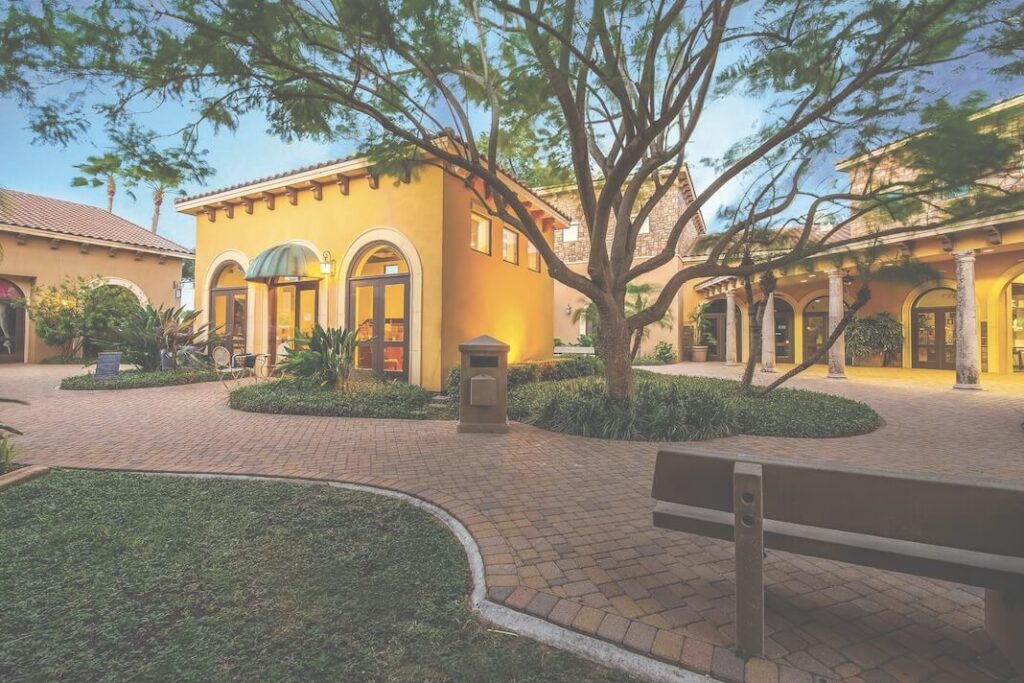
Laura shared her professional aspirations for the next decade, expressing excitement and caution about AI’s evolving role in her field. She recognizes the potential for AI to enhance human capabilities and respond more swiftly to crises like pandemics. Still, she also warns against overestimating AI’s current abilities and losing sight of the unique contributions humans can make.
Beyond her professional life, Laura is deeply involved in philanthropy, particularly with organizations that support children with special needs. Her long-standing commitment includes roles with Rotary International, Boy Scouts of America, where she served as an assistant scoutmaster, and leadership positions with Easterseals, where she is currently chairman of the board. Her work extends to academic organizations like the International Advisory Board for Texas A&M, South Texas College Foundation Board, the Finance Commission of Texas, and the Development Board for Driscoll Children’s Hospital, emphasizing no child is turned away for financial reasons. Her efforts include involvement with the South Texas Foundation and the Prosperity Task initiative, aiming to retain local talent by connecting students with local businesses.
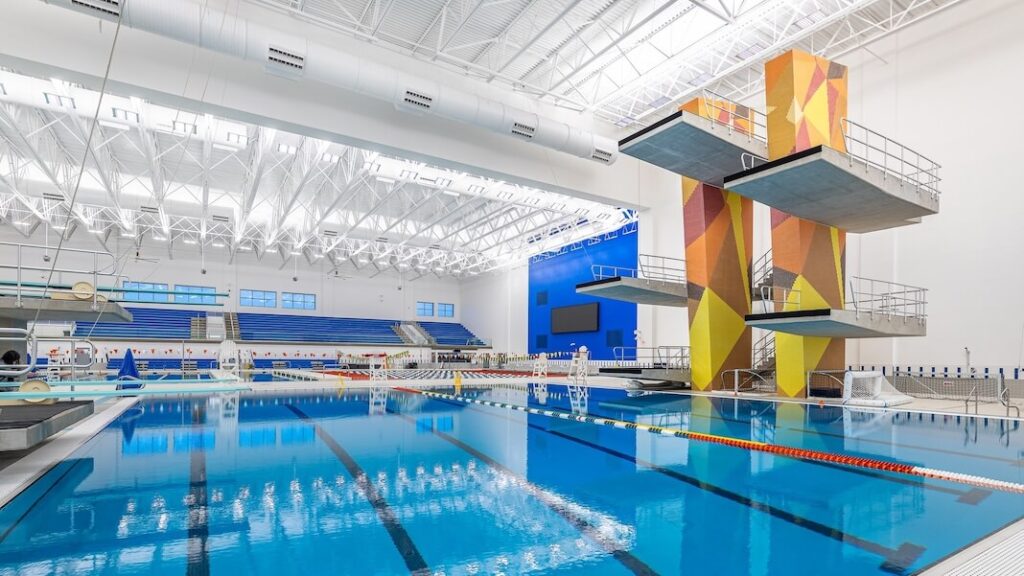
These activities reflect her desire to give back and her belief in the power of community support to enable individuals to exceed expectations and achieve what might seem impossible.
When asked if she had anything to add to the conversation, Laura said, “I want to extend a heartfelt note of gratitude to everyone who has supported the Warren Group and my team. Their belief in us and the opportunities they provided are why we celebrate our 20th anniversary today.”
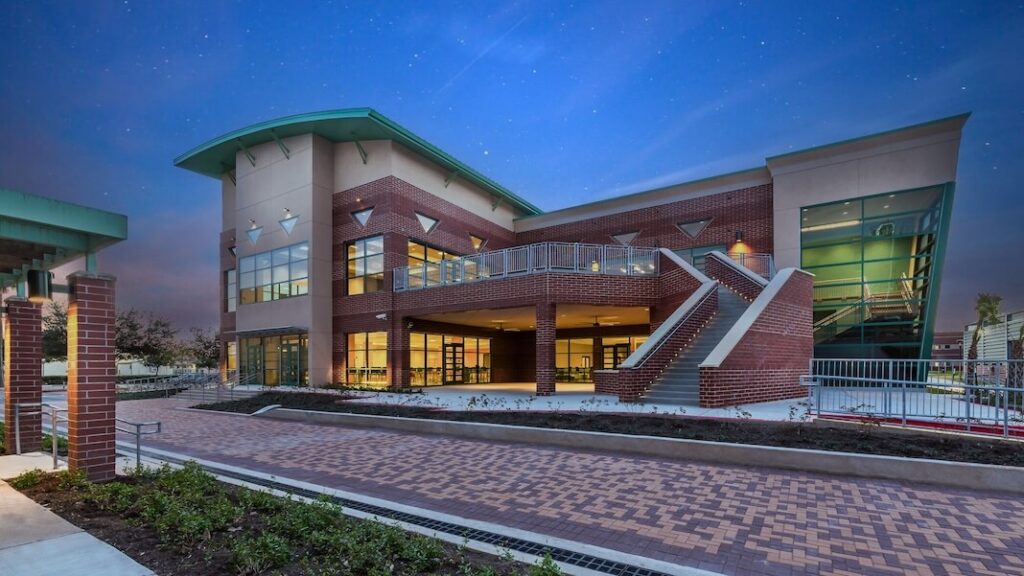
Written by Roberto Hugo González, the 2009 SBA Journalist of the Year Award Winner & The 2009 and 2012 Paul Harris Award recipient.








